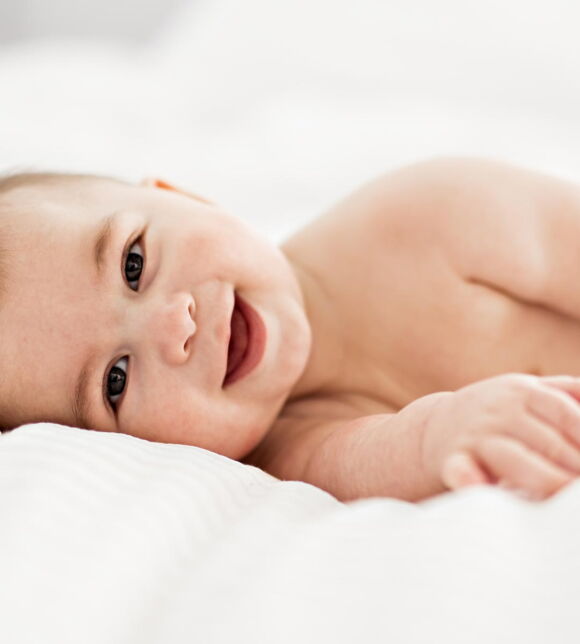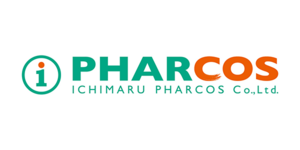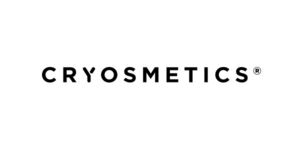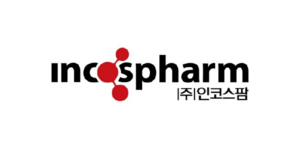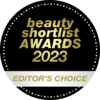Lactobacillus
crispatus
A baby’s skin is ever-changing, but the presence of five key microbes are essential for an intact microbiome:


Staphylococcus
epidermidis

Streptococcus
mitis

Corynebacterium
tuberculostearicum

Cutibacterium
acnes
The test criteria for Standard 20.10 Infant skin
The product is subjected to four test runs as part of the "Microbiome-friendly" certification.
This test is designed to guarantee the greatest possible microbiological purity of the baby care product. The product is first examined for possible contamination by mesophilic and aerobic microorganisms, i.e. bacteria, yeasts or molds (TAMC and TYMC). For baby skin products, the limit is 10² cfu/g or ml.
It is essential that the baby care product does not disturb the balance between the most commonly-found skin microbe S. epidermidis and the harmful microbe S. aureus. A co-culture with both microbes is mixed with the product for a given period and then the ratio of the two microbes is compared with the untreated control group. This balance must not change in favor of S. aureus under the influence of the care product.
First, we cultivate the key microbes commonly found on baby skin. For the 20.10 Standard, these are C. tuberculosearicum, C. acnes, S. epidermidis, S. mitis, and L. crispatus.
A co-culture of all bacteria is mixed with the product to be tested and the change in diversity is compared with the untreated control group. The diversity of the baby skin microbiome must be preserved in terms of the most important key microbes.
A Microbiome-friendly product for baby skin should neither disrupt microbe diversity nor be detrimental to microbial growth. Using a model, the test simulates skin contact. Each key microbe is placed in direct contact with the product; In a second test, the microbe is covered with an agar layer and the care product to be tested is applied to it. This simulates the potential penetration of the product into deeper layers of the skin. Finally, the microbial growth of the two batches is compared to an untreated control group: the growth of microbes must not be significantly inhibited.

"The foundation for lifelong skin health and vitality is laid in the first months of life. Products tested according to the 20.10 Standard are gentle on sensitive baby skin and do not counteract the development of a healthy and stable baby skin microbiome."
Dr. Kristin Neumann, Co-Founder and Chief Scientific Officer

